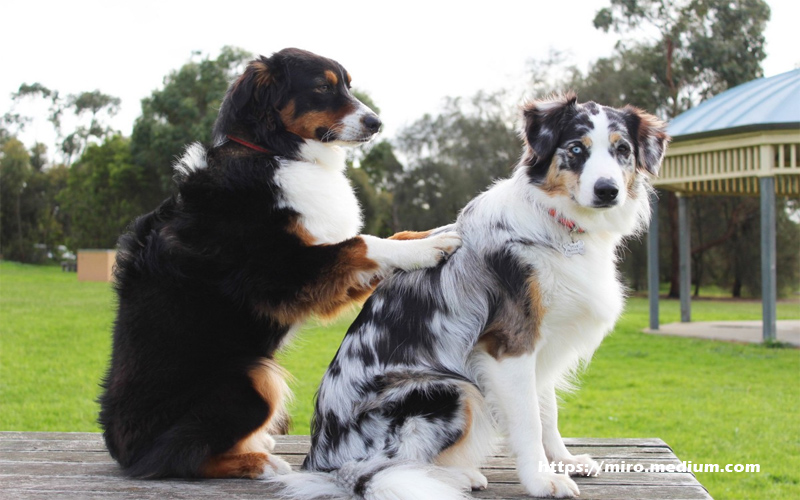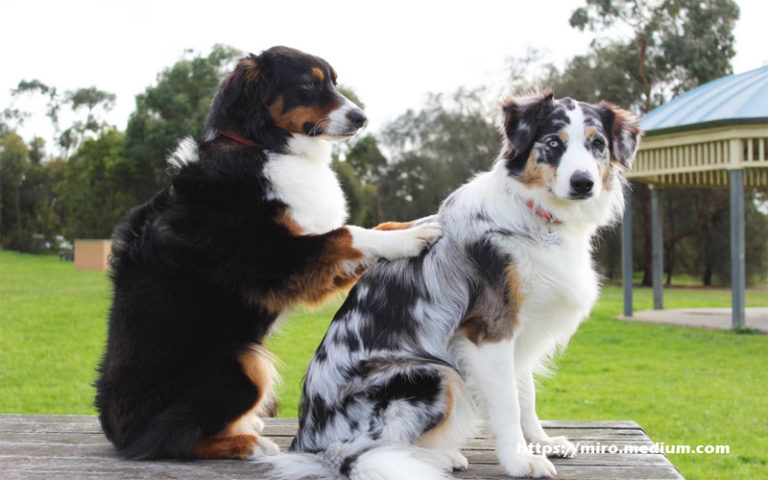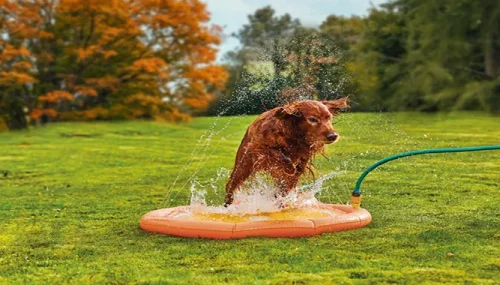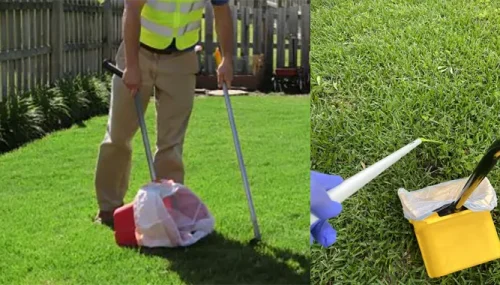Massage – When You Should and Shouldn’t Massage Your Pet
Have you ever thought about giving your pet a massage? Just as with humans, pets can enjoy a number of great benefits from receiving a massage. At the same time, there are certain situations when a massage is not the appropriate course of action. Therefore, it is important for you to understand the benefits of massage as well as when massage is not appropriate.

Exploring the Benefits of Massage
Even if your pet is not sick or injured in some way, giving it a good massage now and again can provide it with a number of benefits. One of these is the bond it helps you form with your bellowed pet, as giving your pet a massage helps to promote socialization while giving you special one-on-one time together.
Massage is also beneficial to animals that suffer from joint problems, over-extended muscles, arthritis, and torn ligaments. Or, if you are traveling …














